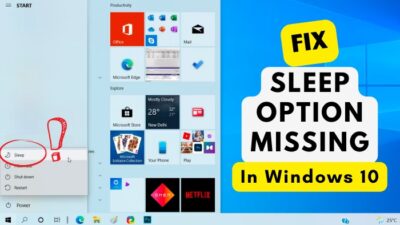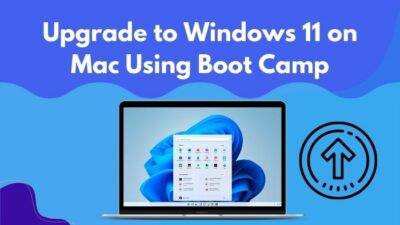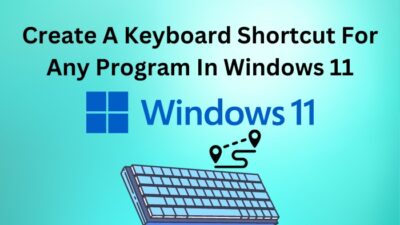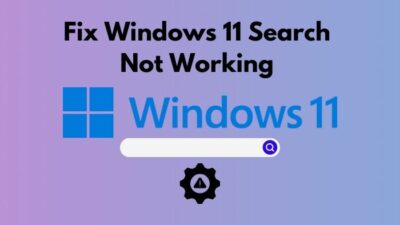You are here because the gaming performance on your computer after upgrading to Windows 11 is raising some red flags. These Windows 11 performance issues could be anything from frequent stuttering and lags to getting incredibly low FPS while playing games like Valorant.
You have nothing to worry about as plenty of people before you have been through this mess, including me. I did manage to get my gaming performance back on track on Windows 11 after combing through more than a dozen articles, blogs, and guides.
Don’t worry, you won’t need any external Windows 11 performance booster tool for my fixes as Windows has already provided all the tools you need.
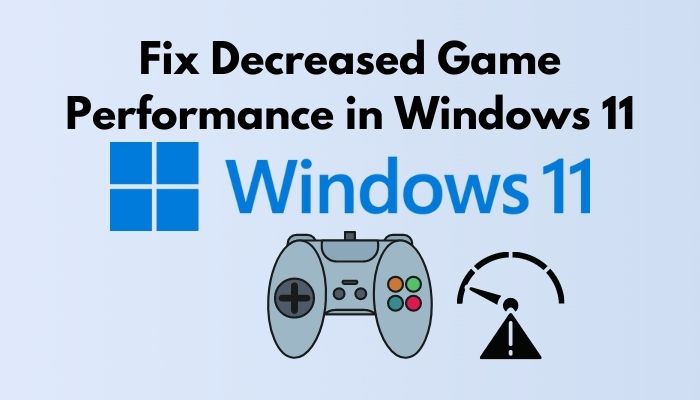
Does Windows 11 reduce gaming performance?
You won’t need to waste so much time like me since I have collected all the perfect ways to fix your gaming performance on Windows 11 in this article. So, grab yourself some coffee and prepare for some of the craziest fixes.
Which Windows is Best For Gaming?
Windows 11 Home is currently the best Windows OS for gaming. If you need to install Windows 10, go for the Home edition. The Home edition is preferable for gaming because it doesn’t include the unnecessary features from the Pro editions of Windows.
When I say unnecessary features, I am talking about Hyper-V virtualization support, BitLocker encryption, and several Enterprise Management features. These features can be considered as bloatware if you are a gamer which is why the Home editions are perfect.
You only need to choose the Pro editions if you plan to use your Windows for business purposes.
That being said, you won’t go wrong with any edition of Windows 11 as they all had identical gaming performance in our testing. While you are at it, remember to get the 64bit version of Windows instead of 32bit if your PC hardware supports it.
One thing to note here is that your gaming performance is only as good as your hardware like the GPU, CPU, and RAM instead of the operating system itself. You won’t need to worry about which OS to choose, as the difference will be minimal if you have suitable hardware.
Check out our separate post: Xbox Game Bar Not Starting on Windows 11.
How to Fix Windows 11 Performance Issues
Now that you know that Windows 11 itself is not causing your computer to become terrible at gaming suddenly, let’s see what is causing this problem to appear and fix it.
Make sure your issues are not related to slow internet before you proceed.
Here are the steps to fix decreased game performance in Windows 11:
1. Update Your Drivers
Let’s start with a fundamental fix that I have recommended multiple times for any Windows-related issues. Your drivers are the things that communicate with your PC and decide how the program should function.
It goes without saying that it’s essential to make sure these are updated from time to time to avoid unexpected problems.
There are more drivers on your PC than you can count, but you only need to focus on the Display Adapters to stabilize gaming performance.
Here are the steps to update your drivers:
- Click on the Start menu and search for Device Manager. Click on the first result.
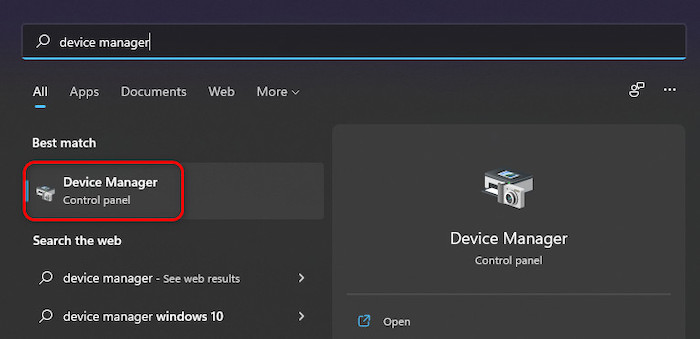
- In the Device Manager window, double-click on Display Adapters to expand it.
- Select a Graphics Card from the expanded list and right-click on it. Select the Update Driver option.
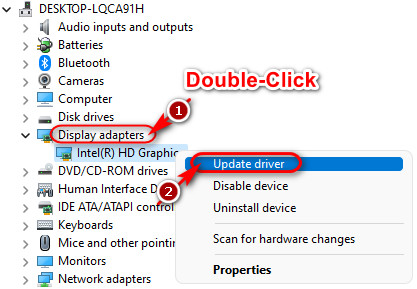
- Connect your PC to the internet if it isn’t already and click on Search Automatically for Drivers.
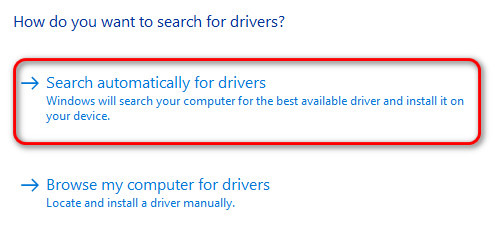
- Repeat the third step for every Graphics card you have listed under Display Adapters in Device Manager.
I also suggest you install a third-party driver software like IOBit Driver Booster or DriverEasy to keep all your drivers up-to-date, ensuring your computer runs smoothly.
2. Boost Game Priority
An excellent way to boost fps and increase game performance is to make sure Windows prioritizes your Game application above any other process.
Here are the steps to boost game priority:
- Go to your Start menu, search for Task Manager, and click on the first result.

- Switch to the Processes tab if you are not already there and right-click on your Game. Select the Go To Details option from the list.
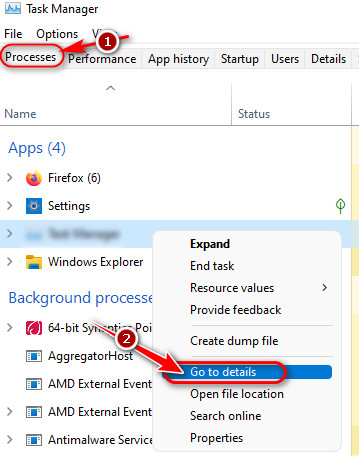
- You should see your game highlighted in the Details tab now. Do a right-click on it and select Set Priority. Set the Priority to High.
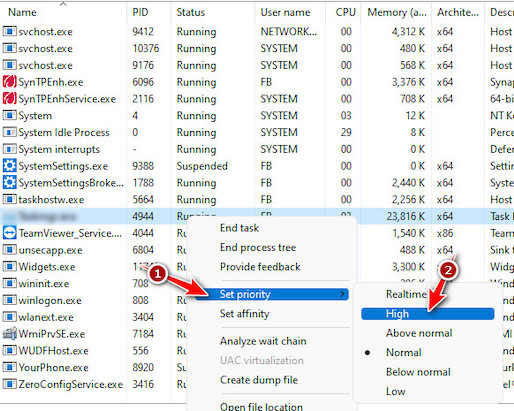
- This is an optional step, but you can optimize the performance further if you switch to the Processes tab in Task Manager and End the processes that look unimportant. Just don’t cancel any unknown processes as that might cause problems.
- Exit the Task Manager window and restart your game. You should notice a performance boost in your game now.
Quickly, check out our latest fix for Bluetooth Toggle Missing On Windows 11.
3. Turn on Game Mode
If you didn’t know this already, Windows 11 includes a dedicated Game Mode to improve fps and boost stability while playing games.
Here are the steps to turn on Game Mode:
- Launch the Settings app by pressing the Windows key, and I key at the same time.
- Switch to the Gaming section from the left pane.
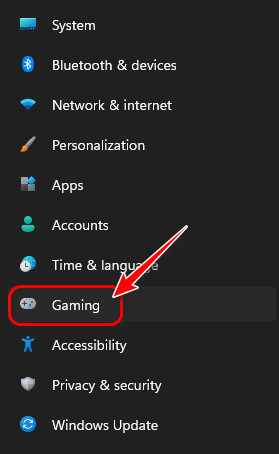
- Click on the Game Mode option on the right pane.

- Click on the toggle next to Game Mode on the next page and make sure it turns blue.
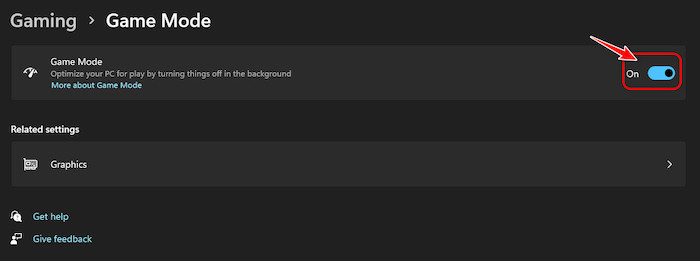
4. Decrease The Mouse Polling Rate
This is probably the weirdest fix in this list, but there’s no doubt it works. I had to test it myself to believe it.
If you don’t know what a polling rate is, it is the rate at which your mouse refreshes its position. If your polling rate is set to be equal to or higher than 1000 Hz, you are likely to experience fps issues.
The only fix for that right now is to lower the polling rate to 500 Hz. The exact steps to do this won’t be the same for everyone as it depends on which mouse you are using.
If you own a high-end gaming mouse, you should be able to change the polling rate with a dedicated button. If you don’t see anything like that, try finding the companion app for your specific mouse.
The polling rate is typically referred to as the Report Rate, so change the value to 500 Hz or lower.
Check our exclusive tutorial on How to Fix Blue Screen on Windows 11.
FAQ
Is Windows 10 or 11 better?
Windows 11 is better than Windows 10 generally because it comes with many great features like running Android apps, Snap layouts for better multitasking, and a modern design. That said, Windows 10 might be suited for you if you own a low or mid-end laptop.
How many GB is Windows 11?
Windows 11 is about 3.5 GB to download, but you must have at least 64 GB of free space available to install it. If you choose to install Windows from an ISO file, you need to be prepared for a 5.37 GB download instead.
Can I go back to Windows 10?
Yes, you can go back to Windows 10 from Windows 11 within ten days of your installation. If you decide to revert to Windows 10 after this period has passed, you can still do that, but your data will need to be backed up.
Is 4GB RAM enough for Windows 11?
Yes, 4GB RAM is enough for Windows 11, but it will provide the absolute bare minimum experience you can get from Windows 11. I recommend you upgrade your total RAM to at least 8GB before installing Windows 11 for the ultimate experience.
Final Thoughts
I hope you understood by now that you don’t need to think about downgrading to Windows 10 yet just because you have a few stability issues, no matter how frustrating they seem.
I hope you enjoyed reading this article, and you are welcome to find us whenever you need help with tech problems.

